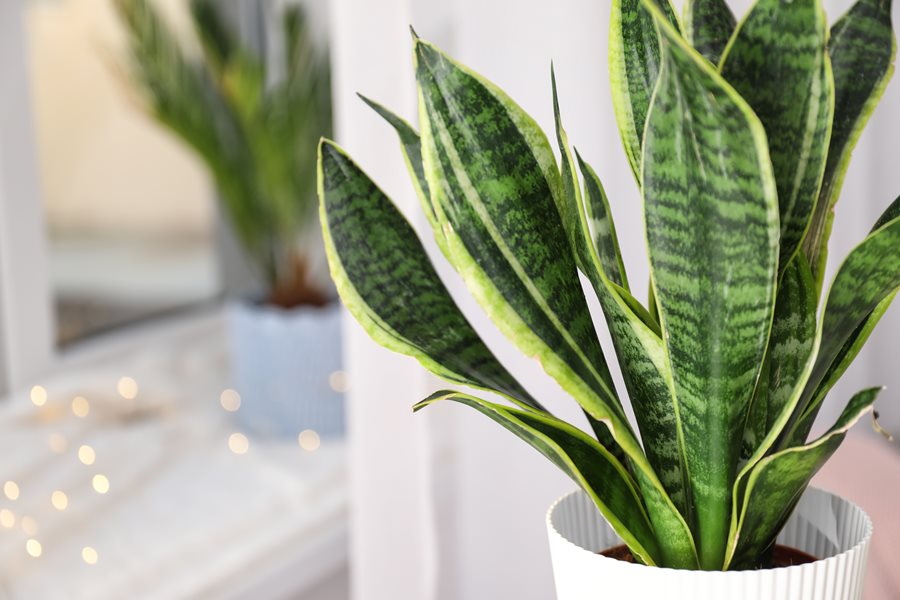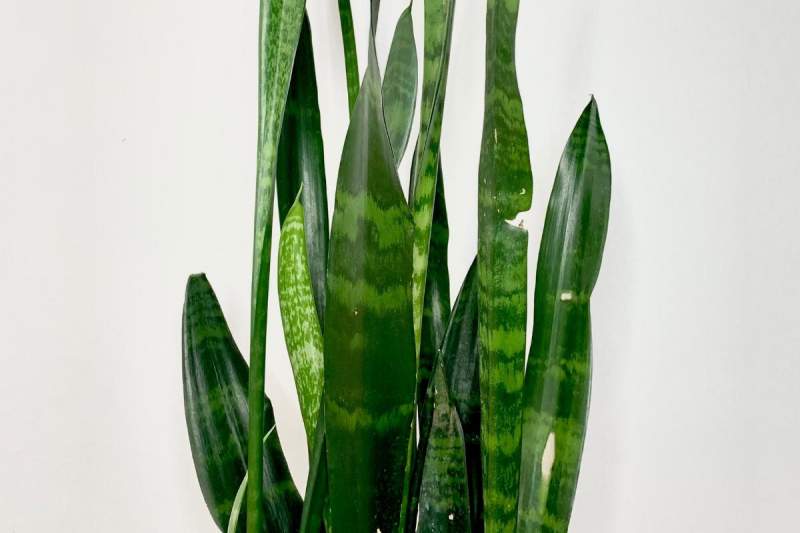How Snake Plant Leaves Turning Yellow can Save You Time, Stress, and Money.
Wiki Article
Snake Plant Leaves Turning Yellow Can Be Fun For Anyone
Table of ContentsThe Ultimate Guide To Snake Plant Leaves Turning YellowSnake Plant Leaves Turning Yellow - TruthsThe Ultimate Guide To Snake Plant Leaves Turning Yellow6 Easy Facts About Snake Plant Leaves Turning Yellow ExplainedSnake Plant Leaves Turning Yellow for Beginners4 Simple Techniques For Snake Plant Leaves Turning Yellow
If you intend to have a serpent plant in your house, below are a pair of things to bear in mind: Way too much water is this plant's weak point. Area a serpent plant in a well-drained pot to stay clear of overwatering, as it can create decomposing. Only water the dirt when it's completely dry.If entirely shaded, the plant can boring and the fallen leaves might become a little bit drooping. Snake plants are not just simple to look after however simple to multiply. Simply follow these directions: Cut off a healthy leaf near its base and make a bottom-side-up V cut at the bottom. After that, position the fallen leave in a tidy container of water.
As soon as roots have started to form (3 to 5 weeks), you can keep in water or transfer to soil. Place a serpent plant in a well-drained pot to prevent overwatering, as it can cause deteriorating. Make sure the pot has a hole to permit draining pipes. Serpent plants are shown to be as beneficial as they are visually appealing.
Brush soil from the root framework or root. Make use of the blade to split the plant right into areas, keeping the favor each section undamaged. Replant areas into tidy pots loaded with the potting soil. Water and area in a partly bright place. Spin-offs or pups are infant plants emerging from the soil.
A Biased View of Snake Plant Leaves Turning Yellow
Use a sterile cutting tool to get rid of a long, healthy leaf at its base (Snake Plant Leaves Turning Yellow). Submerge the cut end of the leaf in a tidy container of water and established the jar in a partially warm place. Or enable the cut end to callous over for 24 hours and after that pot it cut-end downNight-blooming blossoms are fragrant and similar in appearance to lilies. Make certain to select a cultivar that flowers, due to the fact that not all serpent plant ranges will flower. The Spruce/ Alonda Baird The Spruce/ Alonda Baird The Spruce/ Candace Madonna Snake plants expand ideal with 8 to ten hours of indirect sunlight or a couple of hours of early-morning straight sunlight.
During wintertime, examine the plant's soil mix every two weeks or sothe plant could need to be watered only once a month. If you observe its fallen leaves are brittle and completely dry, water instantly. During spring and summer when the plant is in active growth, watering every two weeks or two is typically adequate.
To manage elevation, get rid of the tallest leaves at the dirt line with a clean and sterile cutting tool. Harmed leaves can be eliminated at any moment, nevertheless, winter months pruning can trigger tension. Repot your serpent plant every three to five years, or pop over to this web-site when you see roots outgrowing the holes in the bottom of the pot.
Snake Plant Leaves Turning Yellow Fundamentals Explained
The very best time to repot remains in spring. When repotting a snake plant, put it at the exact same degree as it remained in the initial pot. Snake plants don't tolerate temperature levels less than 50F. If you are growing the plant outdoors, bring it indoors and keep it in a warm area where it's shielded from chilly drafts.Serpent plants are at risk to typical houseplant insects such as ranges, gnats, crawler termites, aphids, mealybugs, and whiteflies. Most can be removed by hand or with a gentle spray of water. Deal with problems with neem oil. Snake plants are one of the most convenient plants to maintain and can last for several years.
Owning a serpent plant has numerous benefits. Easy to care for and a great initial plant for starting garden enthusiasts, Distinct form includes height and rate of interest to houseplant collections, Adapts to different light conditions and endures low-light environments, Plant is forgiving and virtually unbreakable, Small development habit fits well in small spaces, Dry spell resistant Frequently asked question Serpent plant gained its name because of the way its lengthy, slim fallen leaves with distinct stripes and other markings resemble some kinds of snake.

5 Simple Techniques For Snake Plant Leaves Turning Yellow
Snake plants are easy-care houseplants. Every now and then, repotting Serpent Plant kingdoms is necessary for keeping a healthy and thriving plant. This tutorial on repotting Snake Plants reveals you the steps to take, the mix to utilize, and when you should repot your serpent plant. Snake Plants are a few of my extremely preferred houseplants.I in fact repotted 5 of my plants yet you just see 2 of them here. I call this job the "Serpent Plant switcheroo" since I swapped out containers and areas they were in.
That's why I include the delicious and cactus mix because it's chunky and well aerated (Snake Plant Leaves Turning Yellow). I likewise throw in a few handfuls of organic compost as I'm planting (I go a lot lighter on both this and the worm garden compost when repotting houseplants as contrasted to container plants in my yard) and a 1/2 layer covering of the look these up worm compost
Both are full of high-grade active ingredients. Make sure whatever potting soil you utilize states it created for indoor plants on the bag. I utilize Container's local garden compost.
The Of Snake Plant Leaves Turning Yellow
The top 4 are what I utilized for my mix.
great site For example, if yours remains in a 6 expand pot, then an 8 pot would be the size you 'd wish to make use of. Since Sansevierias like to expand as they grow, I have actually discovered that they don't require a deep pot. A deep pot has more soil mass near the bottom which might stay too wet which leads to root rot.
You can see the thick rhizomes they keep water along with the origins & leaves. Collect your soil mix materials. (Occasionally I mix them up ahead, and other times in the pot as I accompany. Loosen the plants from their pots. For one plant I utilized a plain knife and for the various other, I carefully continued the grow pot.
8 Simple Techniques For Snake Plant Leaves Turning Yellow
When the plant is out of the pot, gauge just how much soil mix you'll require to elevate the top of the origin ball up to 1/2 to 1 listed below the top of the new pot. Include the mix in. Area the plant in the pot and fill in around the sides with mix.Report this wiki page